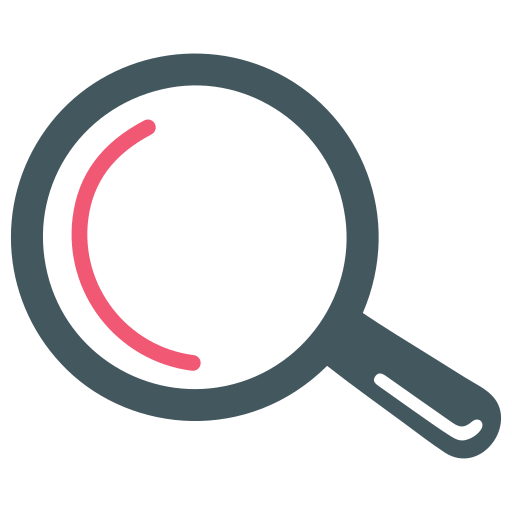
 A sales funnel is a marketing concept that maps out the journey a customer goes through from first becoming aware of a brand to making the final purchase decision.
A sales funnel is a marketing concept that maps out the journey a customer goes through from first becoming aware of a brand to making the final purchase decision.
It is called a "funnel" because at each stage, the number of consumers decreases as they move through the process, resembling the shape of a funnel.
The sales funnel typically consists of several stages, which can vary according to different business models but generally include:
This model helps businesses to understand and manage their customer acquisition and retention processes more effectively.
 Case Study: E-commerce Store
Case Study: E-commerce Store
An e-commerce store specializing in fitness apparel noticed that while their website traffic was high, the conversion rates were low. They implemented a sales funnel analysis and discovered that many visitors dropped off at the interest stage because they didn't find enough product information. To address this, they added detailed product descriptions, size guides, and customer reviews. This led to a 30% increase in conversions from interest to decision.
Case Study: Software Company
A software company offering project management tools used a sales funnel to identify why their lead conversion was low. They found that many users signed up for a free trial but didn't purchase the full product. The company then introduced targeted follow-up emails offering training webinars and extended trial periods, which increased their conversion rate by 25%.
 To effectively implement a sales funnel in your business, consider the following best practices:
To effectively implement a sales funnel in your business, consider the following best practices:
 For further reading and more in-depth understanding, consider the following resources:
For further reading and more in-depth understanding, consider the following resources:
These resources provide valuable insights into creating and managing effective sales funnels that can lead to increased customer engagement and higher conversion rates.
A sales funnel is a model that represents the journey potential customers go through from first learning about a product or service to making a purchase decision. In customer success management, the sales funnel helps teams understand and enhance each stage of the customer journey to improve conversion rates and customer satisfaction.
By analyzing the sales funnel, customer success teams can identify where prospects drop off and why, allowing them to implement targeted interventions to improve retention and conversion. Effective management of the sales funnel ensures that customers receive the right communication and support at each stage, leading to higher satisfaction and loyalty.
The key stages of a sales funnel typically include:
Yes, the structure of a sales funnel can vary significantly between different businesses or industries based on factors such as the complexity of the product, the average purchase cycle, and the target audience. Each business may customize its funnel stages to better align with its specific sales and marketing strategies.
Technology plays a crucial role in optimizing sales funnels. Tools such as CRM systems, analytics platforms, and marketing automation software can help track customer interactions, analyze data, and automate communications to ensure that potential customers receive timely and relevant information throughout their buying journey.
With Callexa Fedback, you can send customer satisfaction surveys with the NPS system. The actual sending of the NPS survey is relatively easy thanks to Callexa feedback. However, if the survey is sent at the wrong time, this can have a negative impact on the ratings.
To truly understand customers and increase customer loyalty, organizations must focus a large portion of their resources on researching customer feedback. Depending on the approach to the subject of feedback, it can have a positive impact on the business, but it can also be detrimental.
A company's growth potential can be determined by its NPS score. If the Net Promoter Score® increases, the potential also increases. The reason for this is understandable, the more satisfied your customers are with your company, the more likely it is that more sales will be made and more customers will come to you through recommendations.
Collecting customer feedback is essential to building a profitable business. The background is explained quite simply. Because if you don't know what your customers think of your brand or products, you don't know when you're falling short of expectations and requirements. At the same time, you don't know why certain customers are happy with your company, nor who those customers are.
Using a Net Promoter Score survey allows companies to learn more about customers. Evaluating and segmenting the feedback received enables a close look at customer behavior, gives an insight into needs and wishes and makes it clear which measures must be proactively taken to improve service, customer satisfaction and thus increase sales.
On this journey, the customer already has important touchpoints with your company, which are decisive for whether or not there is a purchase and a later collaboration. The first step is to identify which initial points of contact, so-called touchpoints, the customer has. While these touchpoints may vary from industry to industry and may appear in a different order, there are some points that are general.